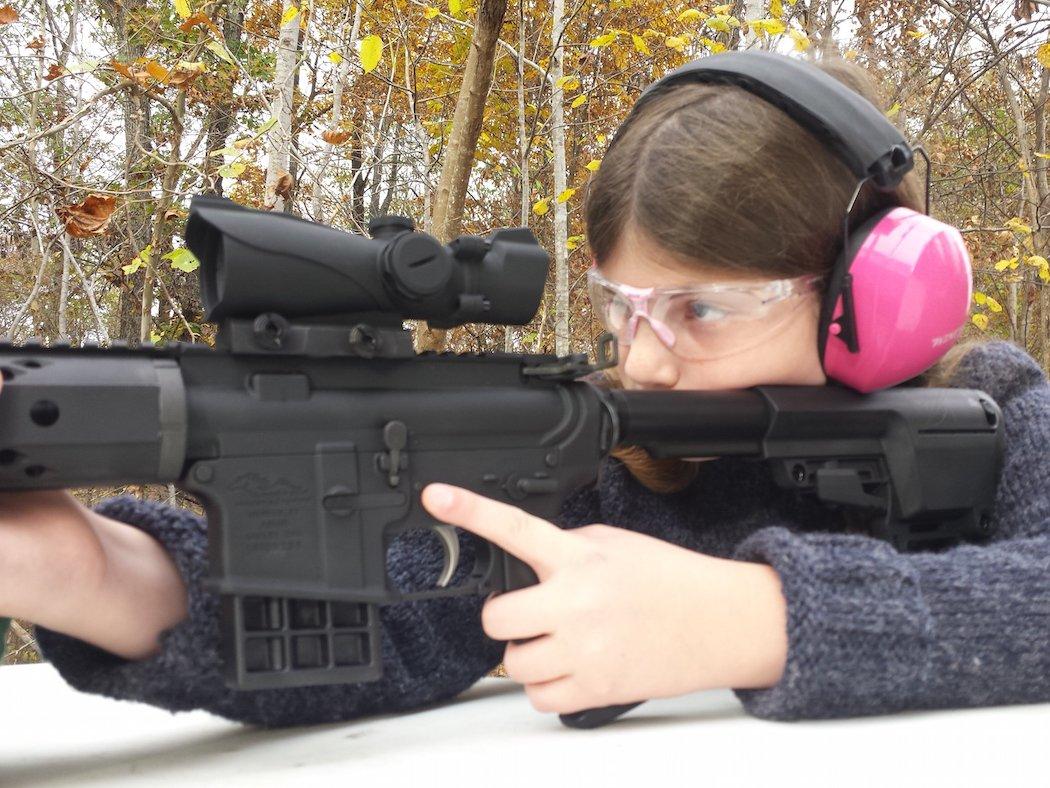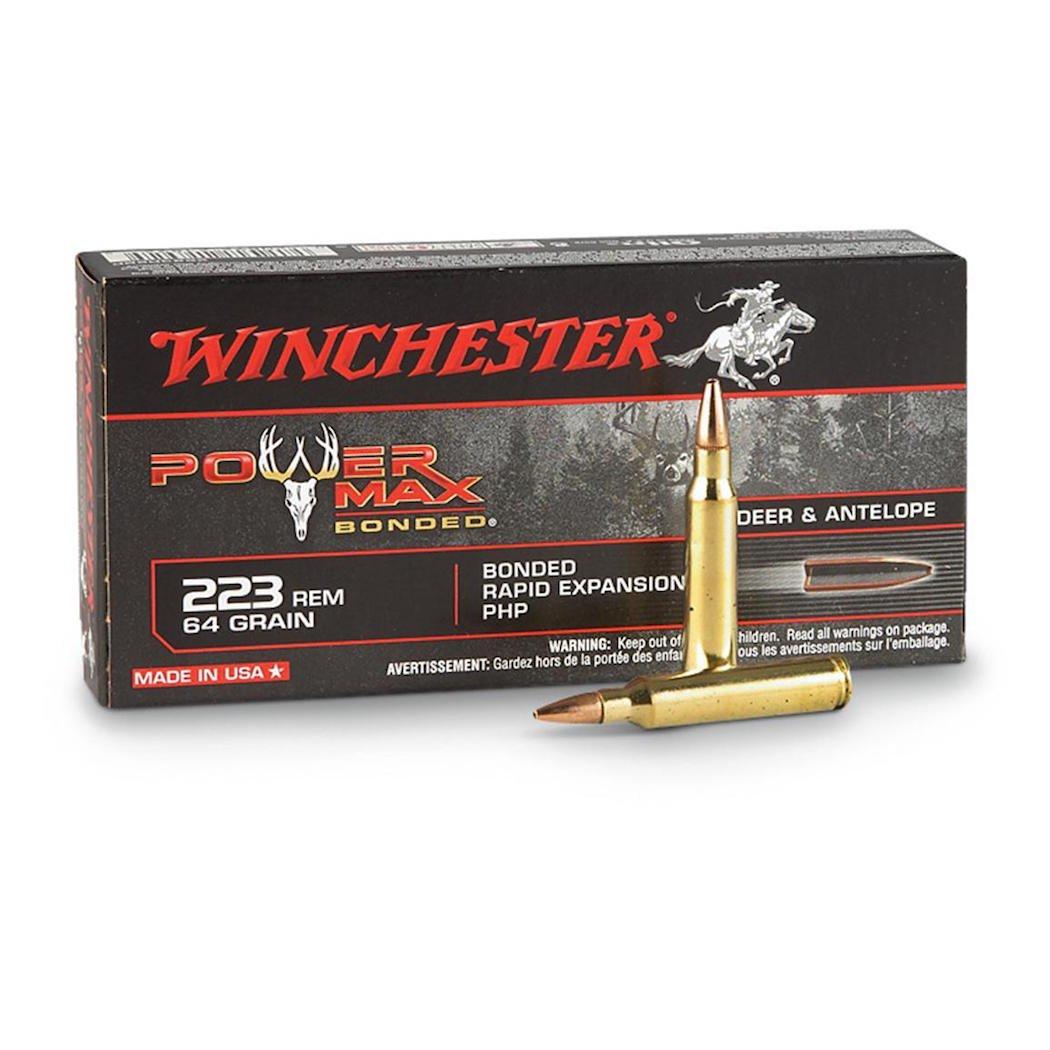What Do You Think About It?
The AR-15 is one of the most popular rifle platforms of all time. It only stands to reason that its popularity would bleed over into the hunting world. It has, in a big way. According to a recent study by the National Shooting Sports Foundation, 27 percent of hunters surveyed have used a modern sporting rifle (MSR) in pursuit of game. Of those, 48 percent report having used a MSR within the past five years, illustrating a growth in the use of the platform among those hunters surveyed. Of those answering yes to the use of an MSR for hunting, nearly 60 percent state they have used that platform to hunt large game.

But what about the most popular caliber in the platform, the .223/5.56? With their adjustable stocks, light weight, and nearly non-existent recoil, AR-15s in the .223/5.56 caliber make the perfect gun for young or small-frame hunters. But is that caliber a legitimate choice for the deer hunter? Just a few short years ago, I would probably answer that question with a not really. Yea, the .223 would get the job done, particularly on smaller deer in the deep south, but there was just too much margin for error to make it a reliable deer cartridge.
But, all that has changed in recent years. Ammunition manufacturers, noting the increased popularity of AR rifles among hunters, have set about making the .223/5.56 a genuine deer cartridge. To make this happen, they have borrowed proven designs from other big game bullets and added innovative new features specific to the lightweight bullets found in the .223 to form a tough and reliable cartridge tailor made for deer hunting with the modern rifle platform.
Winchester's foray into this market is the 64-grain Power-Max Bonded. According to Mike Stock, the center-fire product manager for Winchester, he loves the round.
Our .223 Remington 64-grain Power-Max Bonded really was created purely as a deer hunting bullet, Stock said. What makes a good deer bullet in .223 is very different than what makes a good deer bullet in larger calibers. In heavier bullets, I will always recommend a deer bullet to rapidly fragment which means a tapered jacket that is thin at the nose. However, in .223, we often max out at about 64 grains to achieve good accuracy in 1:12 bolt rifles so we have to put that weight to good use in order to get the penetration we need for deer. That means relatively thick jackets all the way to the nose and in the case of Power-Max Bonded, a protected point also helps with the delayed expansion. This all goes together for an accurate, controlled expansion bullet that can penetrate more than enough for use on deer.
Since 2005, Federal Ammunition has offered a bonded .223 bullet in their proven Fusion line as their go-to for medium game. That changed in 2015 with the introduction of their new Trophy Bonded Tip to their Premium Vital Shock line of hunting ammunition.
MODEL R-15 PREDATOR RIFLE
Federal's J.J Reich says, The new Trophy Bonded Tip is based on our time-tested Trophy Bonded Bear Claw design. For decades, the Vital-Shock Trophy Bonded Tip has proven itself as one of the most effective cartridges available in many popular calibers. New in 2015, the .223 Rem is the newest caliber in the lineup. The bonded bullet retains more than 90 percent of its weight, penetrates deep, and shoots flat and accurately thanks to its high-ballistic coefficient. Polymer Tip, Long Boat Tail and Skiving all help that performance. The solid copper shank crushes bone, and exterior skiving on the nickel-plated bullet ensures optimum expansion at any range.
Both of these bullets have proven themselves numerous times in the field on white-tailed deer. These new premium bullets have changed how we look at the .223/5.56 as a deer hunting caliber. While shots should still be limited to ranges maxing out at around 100 yards (the small bullet just sheds too much energy beyond that range), hunters can now feel confident in taking their rifles afield during deer season.
Bonus reads: The Great Debate: Firearms Seasons During the Rut | 18 Great Gun Hunting States for Deer Hunters
Click here for more deer hunting articles and videos.
Check us out on Facebook.









